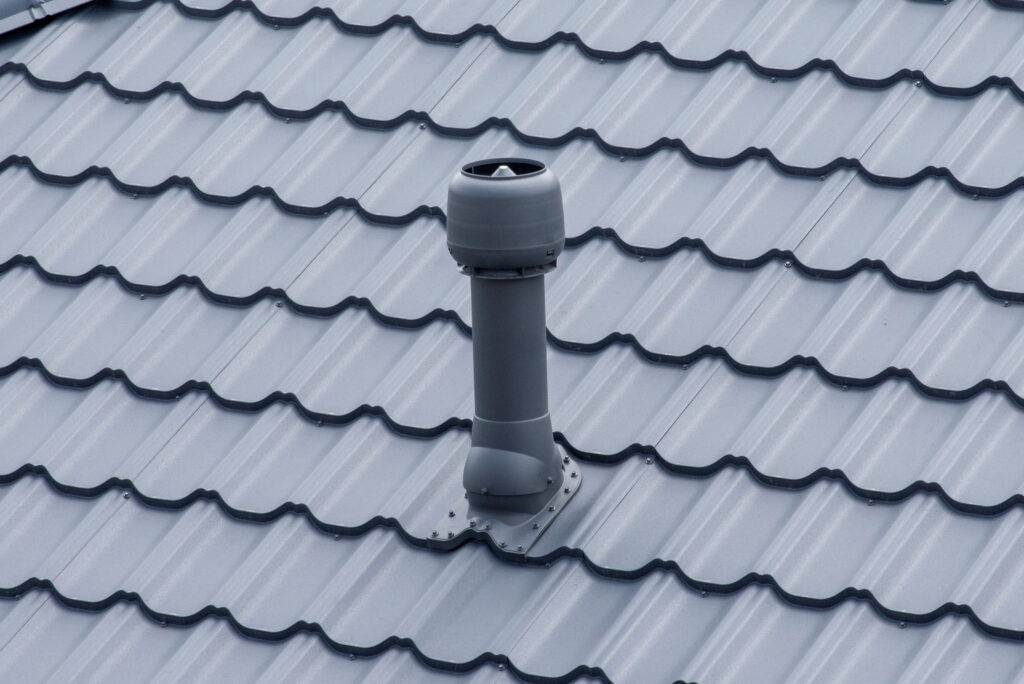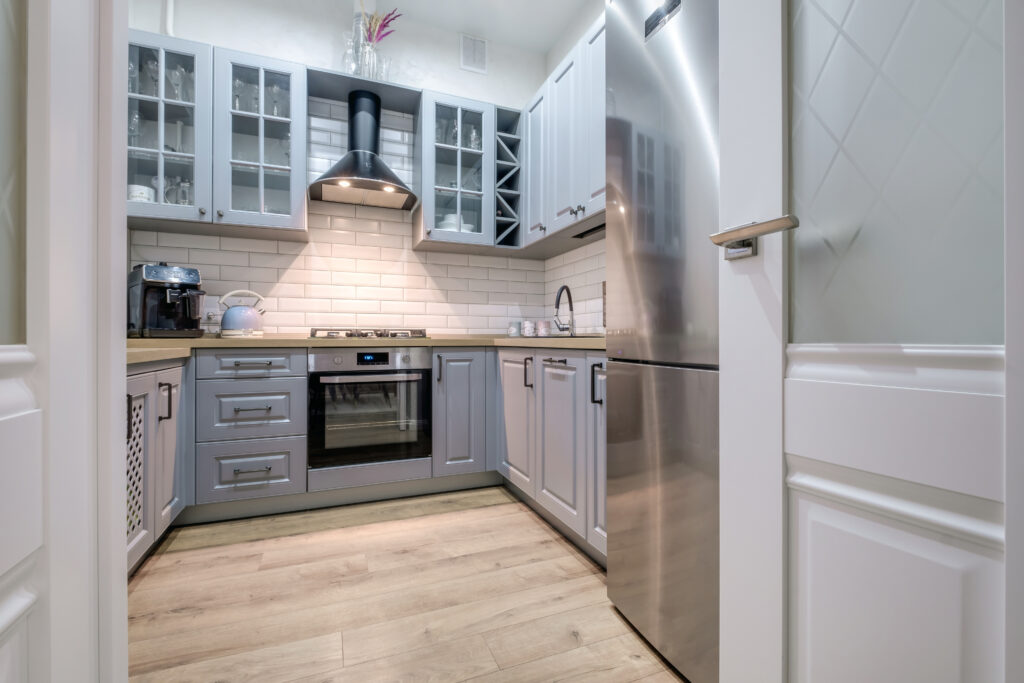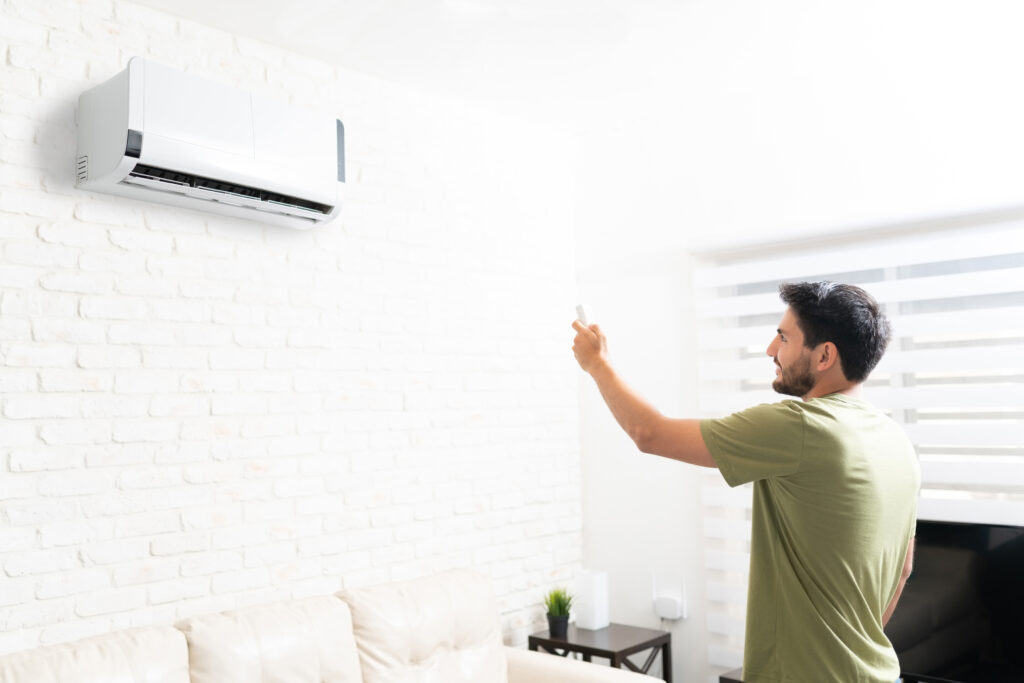What Every Homeowner Needs to Know About Roof Sewer Vents
Homeownership comes with a long list of unseen essentials—and sewer venting is one of the most important. Often overlooked because it operates quietly in the background, your roof sewer vent plays a critical role in keeping your home’s plumbing functional, hygienic, and odor-free. If you’re wondering what that small pipe sticking out of your roof actually does, why it matters, or how its failure could lead to big problems, you’re not alone. Understanding the roof sewer vent system is an important aspect of responsible home maintenance. Whether you’re a homeowner troubleshooting a funky smell or just someone trying to stay ahead of the repair curve, here’s everything you need to know.
Understanding the Roof Sewer Vent: What It Is and Why It Exists
In even the most modern plumbing setup, the roof sewer vent—or plumbing vent stack—isn’t just decorative piping. It’s designed to allow fresh air into your plumbing system and safely vent sewer gases out of your home through the roof. While your drain pipes work to move wastewater away from your fixtures and toward the sewer line, they also require airflow. Without the proper balance between drainage and ventilation, negative pressure can form in the system. This can lead to sluggish drains, gurgling toilets, sewer gas buildup, or even an unpleasant scent permeating your home. The vent stack neutralizes pressure while expelling potentially harmful gases like hydrogen sulfide or methane safely outdoors, well above nose-level and, ideally, nowhere near your living space.
How the Roof Sewer Vent System Functions
The roof sewer vent pipe is usually connected to your home’s drain-waste-vent system. It begins at each plumbing fixture and collects sewer gases and air traveling through waste pipes. All these lines eventually connect and rise through the walls, exiting vertically out of the roof. When water flows through your drains—say, from a flushed toilet—it creates a vacuum that pulls wastewater down and sewer gases up. The vent pipe admits air to keep that flow steady and prevents water from being siphoned out of P-traps, which are essential for blocking smells from coming back into the home. Removing or blocking the vent disrupts this pressure balance, much like sucking liquid through a straw without an air escape. The result? Drains slow down or stop altogether, odors emerge, and your home becomes a less comfortable place to live.
Advantages of a Properly Functioning Roof Sewer Vent
First, indoor air quality. A correctly installed and maintained roof sewer vent keeps hazardous gases like ammonia and methane outside where they belong. This is not just about comfort—it’s about safety. Second, venting increases plumbing efficiency. When drains work with consistent air pressure, waste exits faster and cleaner. This reduces strain on both your pipes and fixtures. Third, improving drain performance without mechanical aids is cost-effective. Your plumbing system is designed to rely on gravity and air. As long as those two components are functioning properly, the system remains relatively low maintenance. Lastly, preservation of drain traps is key. The vent ensures that water in the traps doesn’t get siphoned away, maintaining the all-important barrier between the sewer system and your indoor space.
Common Roof Sewer Vent Issues That Homeowners Should Know
Like any component of your home, vent stacks can experience problems. The most frequent issue? Blockages. Debris such as leaves, nests, or even ice can clog the vertical portion of the pipe, restricting airflow. When that happens, you might notice sewer smells inside the home or drains that suddenly behave inconsistently. Another common issue is improper installation, including undersized piping or inadequate slope, which can disrupt airflow. Tree roots near underground parts of the vent system can also create interruptions by damaging or blocking buried connections. Even a shift in your home’s structural components—like a roof replacement—can potentially crack or misalign the vent pipe. These aren’t just minor inconveniences—left unchecked, they may lead to structural and health hazards that often go undetected until water damage or air quality issues emerge.
Signs You Might Have a Roof Sewer Vent Problem
If your kitchen sink gurgles when you flush the toilet, that’s a signal that air is being pulled through other fixture traps—because it’s not flowing freely through the vent. Similarly, if there’s a persistent sewer gas smell, particularly on higher floors or near bathrooms, the vent may not be doing its job. Drainage slowdowns across multiple fixtures also point to ventilation rather than blockage in a single line. Another sign is standing water in shower or sink drains. That backflow can suggest air pressure imbalance—again, rooted in the vent system. Regular inspections on the roofline, and particularly after a big storm or snowfall, can help reveal whether external blockages have impacted operation.
Maintenance Recommendations for Roof Sewer Vents
Luckily, your vent system doesn’t demand daily attention. Still, it benefits from periodic maintenance—especially if your home is surrounded by trees or you live in a cold climate. Make a practice of visually inspecting the vent pipe once or twice a year. This can be done from the ground with binoculars or up close if you’re comfortable and safe accessing your roof. Look for signs of cracking, leaning, or clogging. If you suspect a blockage but can’t identify the source, consider a professional inspection using a plumber’s snake or video scope. During winter months, be alert for frost buildup, which can seal off the pipe opening. And if you’re doing a major roof remodel, ensure your contractor takes care not to damage or improperly reroute the pipe. Vent integrity is often overlooked during renovations—and should never be an afterthought.
Protecting Your Home, One Vent at a Time
Your roof sewer vent is far more than just a vertical pipe—it’s a silent guardian that keeps your plumbing responsive and your home breathable. When it’s working correctly, you don’t even know it’s there. But when problems arise, they often escalate quickly and silently, rooted deep inside walls or above the ceiling line. This is where a reliable home warranty plan can create real value. Armadillo offers customizable home protection services that include coverage for critical plumbing systems, so surprise repairs don’t derail your comfort—or your budget. You can explore options on our homepage at armadillo.one or jump straight into our plan builder here: Plan Builder. Protect your home intelligently—from the vents on your roof to the pipes behind your walls.


























